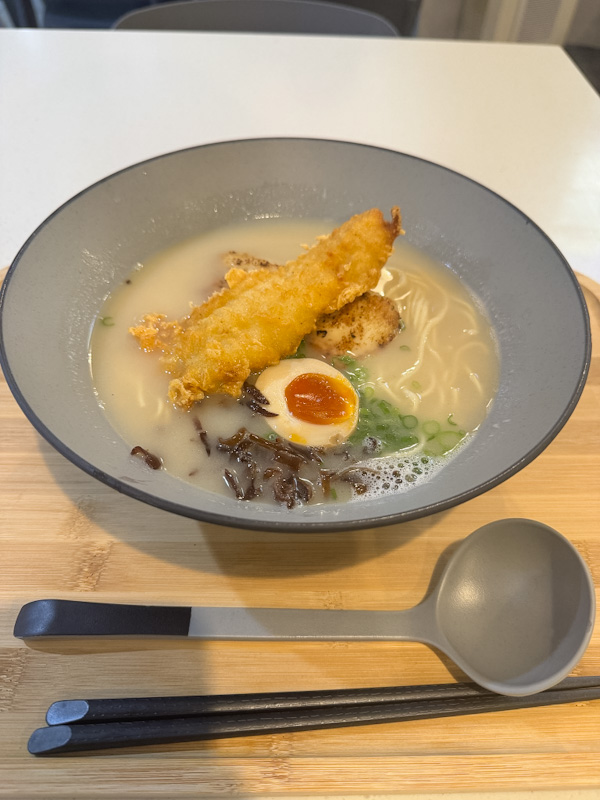WHAT WE ATE
- Tomato Ramen – 100/100, Nagasaki
- Tonkotsu Ramen – 80/100, Nagasaki
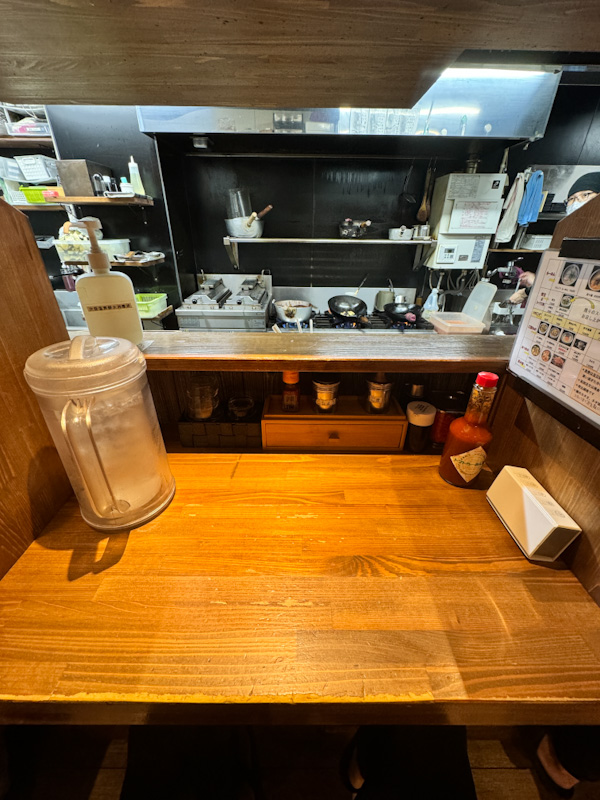
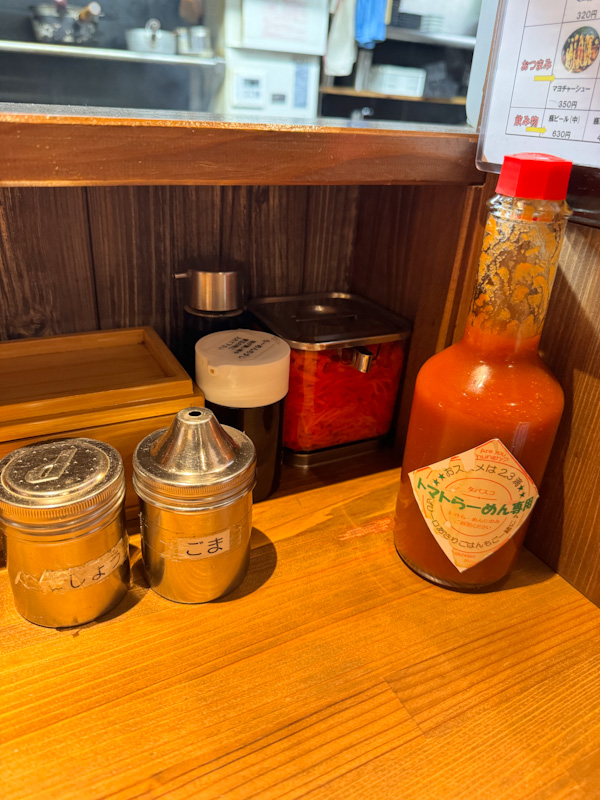
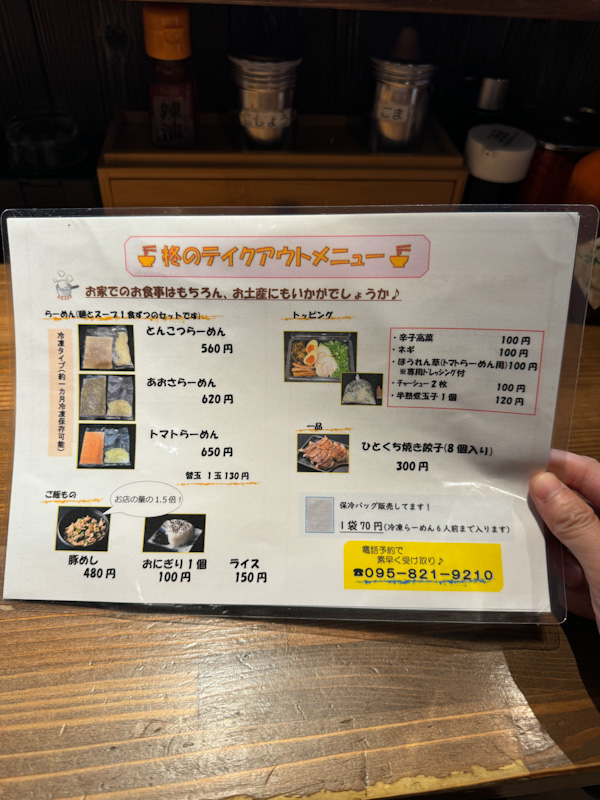
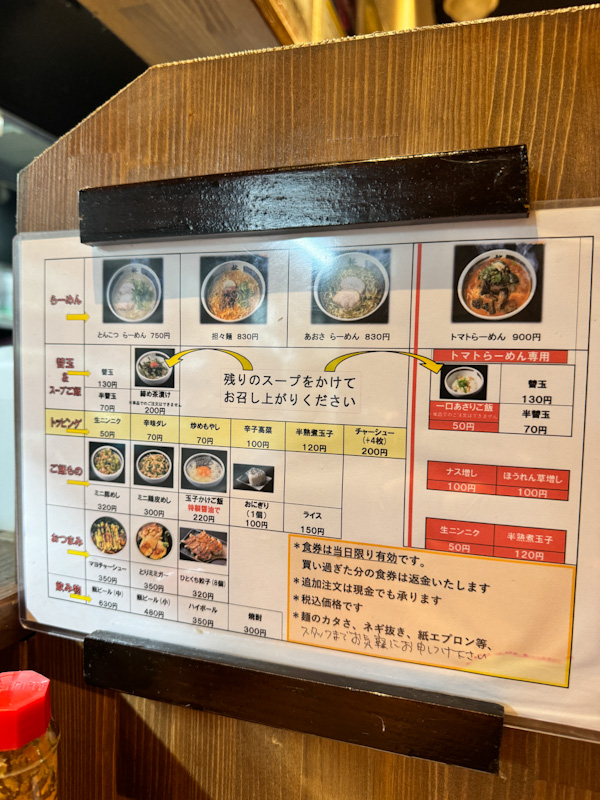
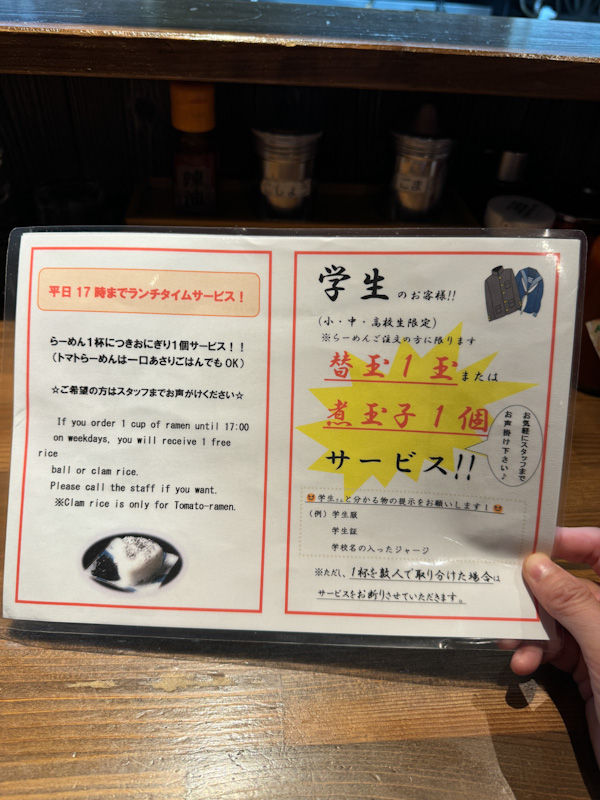
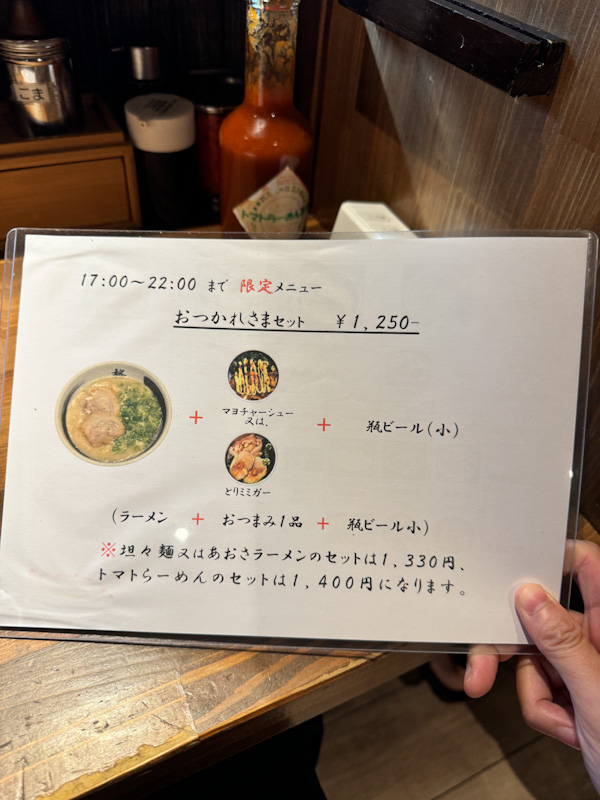

Ramen Hiiragi in Nagasaki is a beloved ramen shop known for its unique tomato-based ramen. This dish features creative ingredients like eggplant and spinach, adding depth and complexity. The shop also excels in traditional tonkotsu ramen, praised for its rich, savory broth. Despite its small size, Hiiragi offers a cozy atmosphere with friendly staff and excellent service. Many diners recommend trying both the tomato and tonkotsu ramen for a full experience, making it a must-visit spot in Nagasaki.

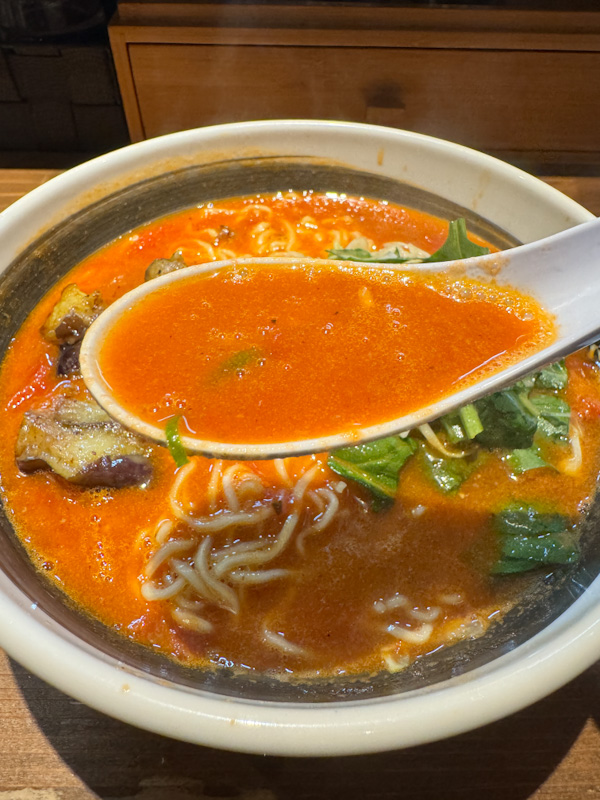
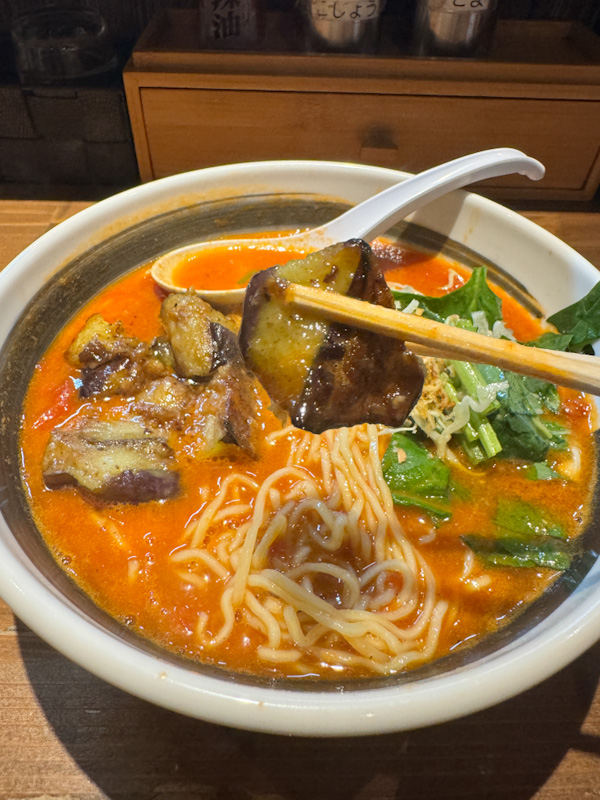
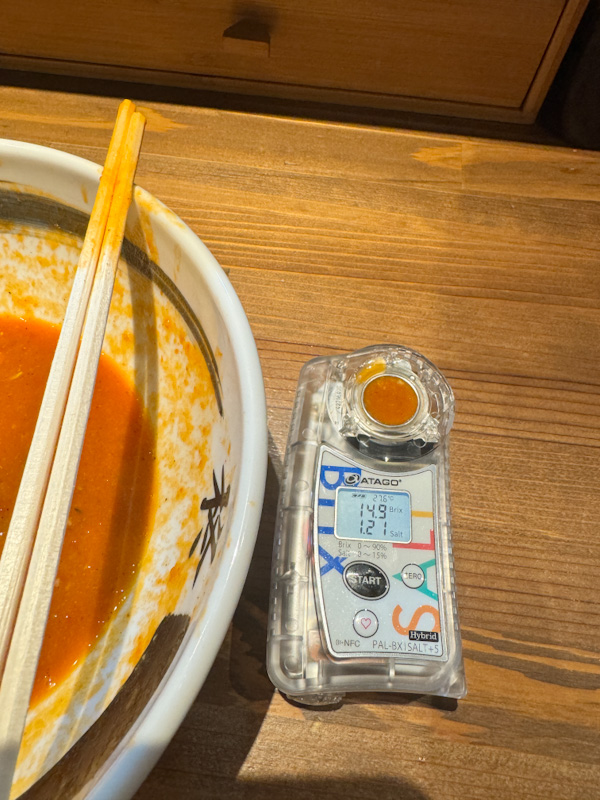
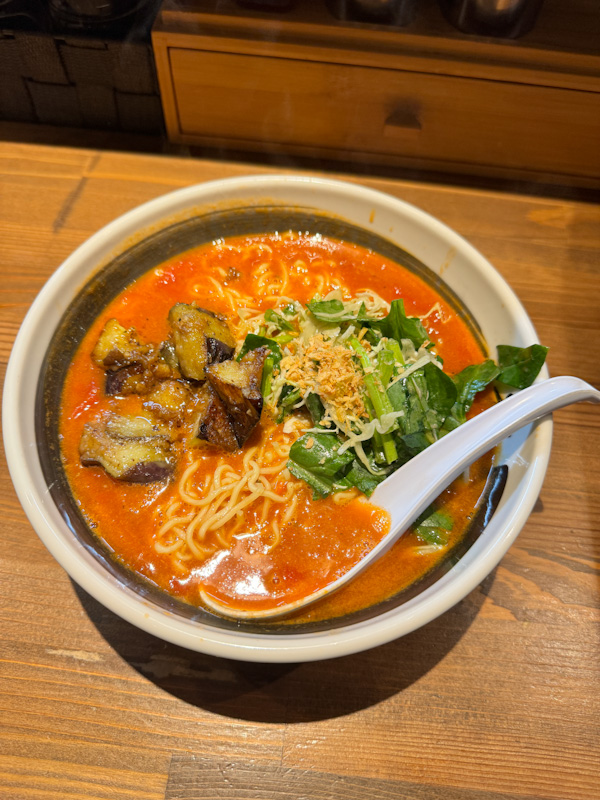
Tomato Ramen: 100/100
Noodle: 35/35
The noodles are thin and curly with a firm texture. They are fairly dense and have the mouthfeel of low-hydration noodles, which is unique for curly noodles. Usually, curly noodles tend to be thicker and made with higher hydration levels to achieve a chewy texture, similar to those found in Tokyo or Hokkaido-style ramen. These noodles are served al dente and have a noticeable woody wheat taste that’s quite distinctive. It’s curly nature also makes the slurp rather satisfying.
Soup: 35/35
The soup has a bright tomato hue and a bisque-like consistency. It’s creamy, sweet, and savory with a hint of cheese and a spicy tangy undertone. The deep sweetness is unlike the typical tomato, which is usually lighter and more refreshing. This richness likely comes from the Tonkotsu base. Overall, it feels as if someone took inspiration from the most delicious pizza and turned it into a soup.
Toppings: 30/30
The tomato ramen doesn’t come with any meat, which is initially surprising. Instead of the regular meat or chashu, it features humble eggplant. Due to the absence of meat, the 20 points usually allocated for meat have been merged with the 10 points for toppings, making it 30 points in total for toppings.
Despite the lack of meat, the eggplant used is extraordinary. It is roasted in the wok and stir-fried, giving it a rich and deep woodsy aroma and sweetness. This roasted aroma makes it a capable replacement for meat or chashu. Despite its simple appearance, the taste holds its own against the heavy tomato broth.
Other toppings seem to include greens, bits of tomato flesh, very fine strands of cabbage, and egg white. The intricacy of these toppings elevates the flavor profile with more layers and enhances the texture of the meal. The cabbage and egg white, in particular, make the mouthfeel quite interesting.


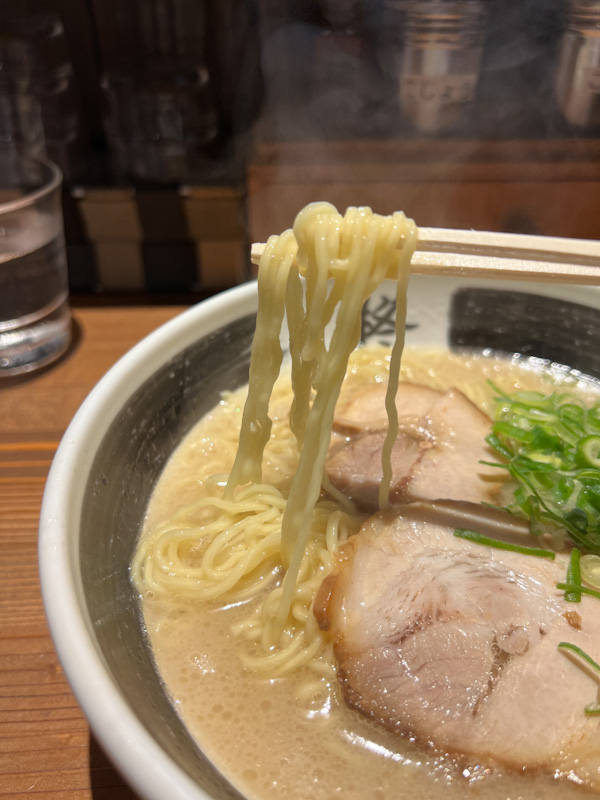
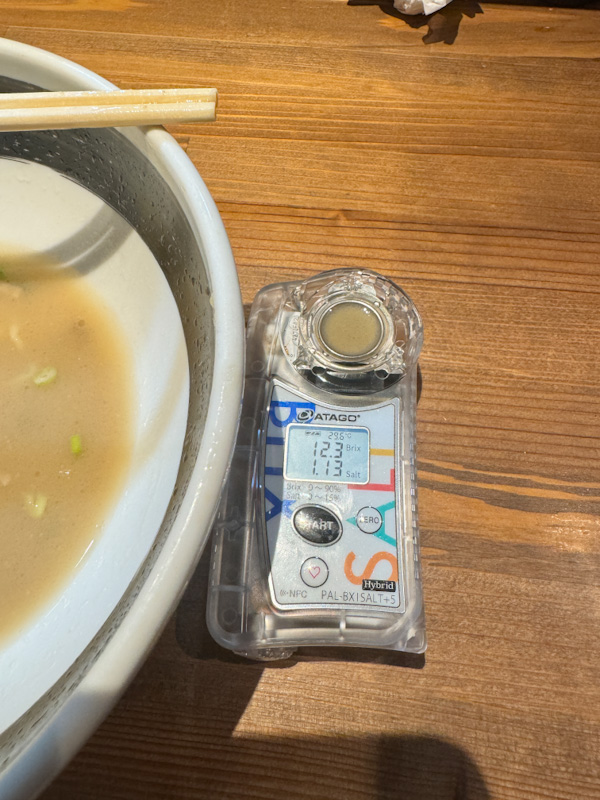

Tonkotsu Ramen: 80/100
Noodle: 30/35
The noodles used here appear to be the same as those in the Tomato ramen. They are thin, curly, and have a firm texture with a noticeable woody wheat taste that’s quite distinctive. The choice of using curly noodles for Tonkotsu ramen is unusual, as Tonkotsu ramen typically pairs with thin, straight noodles. Due to the thinner consistency of the soup, the slurp here isn’t as satisfying as with the Tomato ramen.
Soup: 30/35
The soup is thick, rich, and creamy by Tonkotsu standards. The pork taste is well-managed despite its intensity, and the soup has a subtle nuttiness to it.
Meat: 20/20
The meat, which looks like any regular slice of chashu, has two distinct flavors. The lighter-colored parts are firm yet chewy with a mellow savory taste, maintaining the original flavors of the pork without any pronounced porky odor. The darker-hued part tastes more like braised meat, with a deeply savory and sweet flavor. The texture is firm, but the fibers of the meat crumble more easily with each bite. It’s as though they did pseudo-roast pork and rolled it into a bundle before turning it into chashu.
Topping: 0/10
The other topping is just some green onions, which is pretty lackluster. The green onions also taste normal. If only they had added some spin to the simplicity of this topping, it would have been amazing.
DISCLAIMER
One man’s meat is another man’s poison.
Find out more about our palettes and how we evaluate our ramen here. 😉

